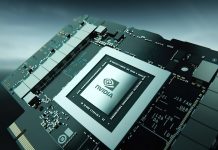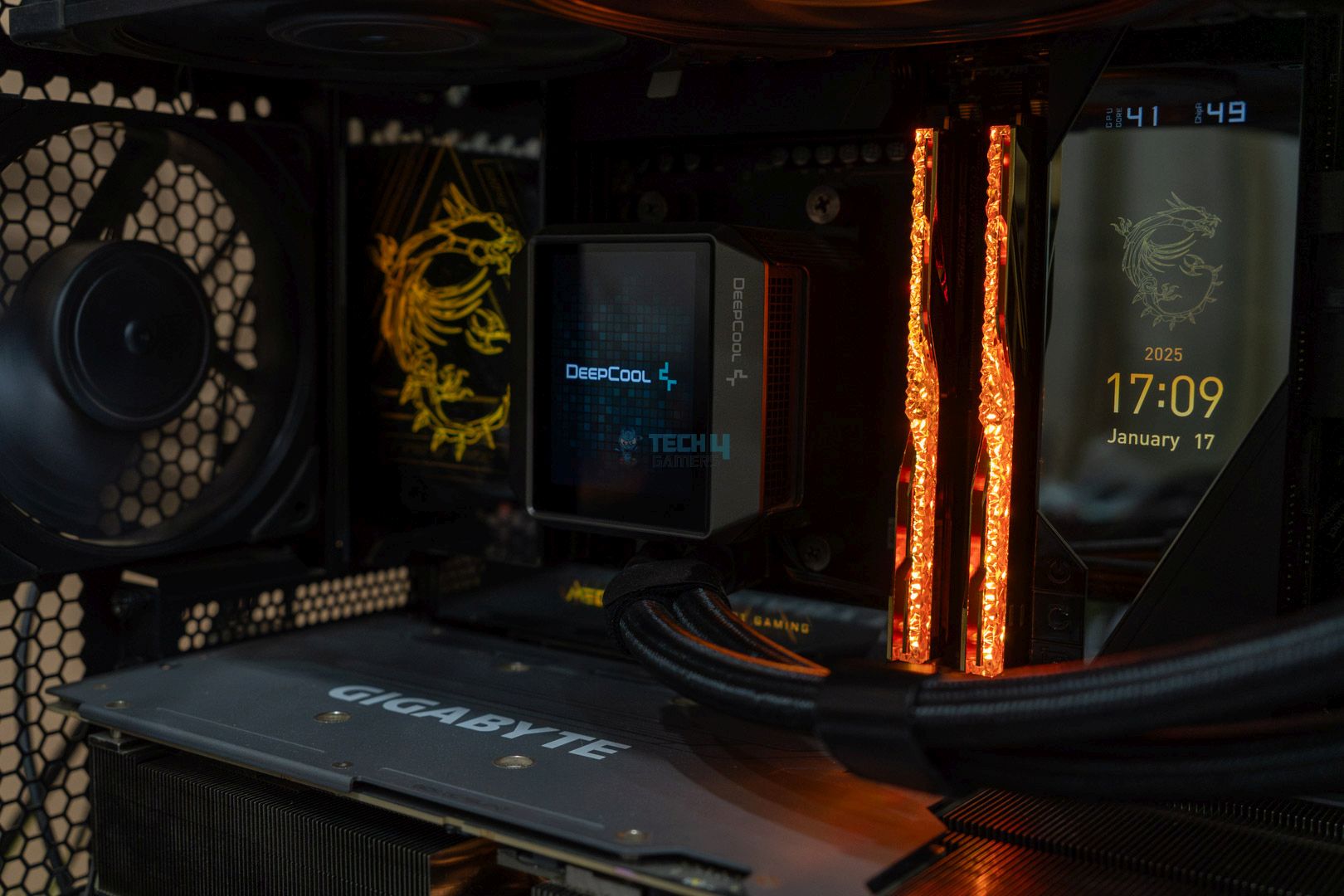- A large, singular core would be quite inefficient in handling parallel tasks due to conflicts with Windows Scheduler.
- CPU prices would rise due to lower yields since a large core causes more silicon wastage.
- A single core would need higher boost clocks, produce more heat, and consume more power.
Have you ever wondered why CPU manufacturers keep increasing the number of cores in modern CPUs? It’s like there is a race to see which manufacturer can cram in the highest number of cores in the smallest package. It leads us to wonder: what would actually happen if a CPU just had one big core instead?
Why Do We Need Multiple Cores?
Of course, nowadays, our computing needs have grown exponentially complex. From streaming media to running productivity applications and gaming simultaneously, the demand for multitasking prowess is higher than ever before. Multiple cores in CPUs address this need by offering parallel processing power.
The Windows Scheduler plays a crucial role in managing this power, intelligently distributing tasks across available cores and threads to maximize efficiency. Hyperthreading (or SMT) technology further enhances this capability by allowing each physical core to handle multiple threads simultaneously, effectively doubling the processing power of the CPU.
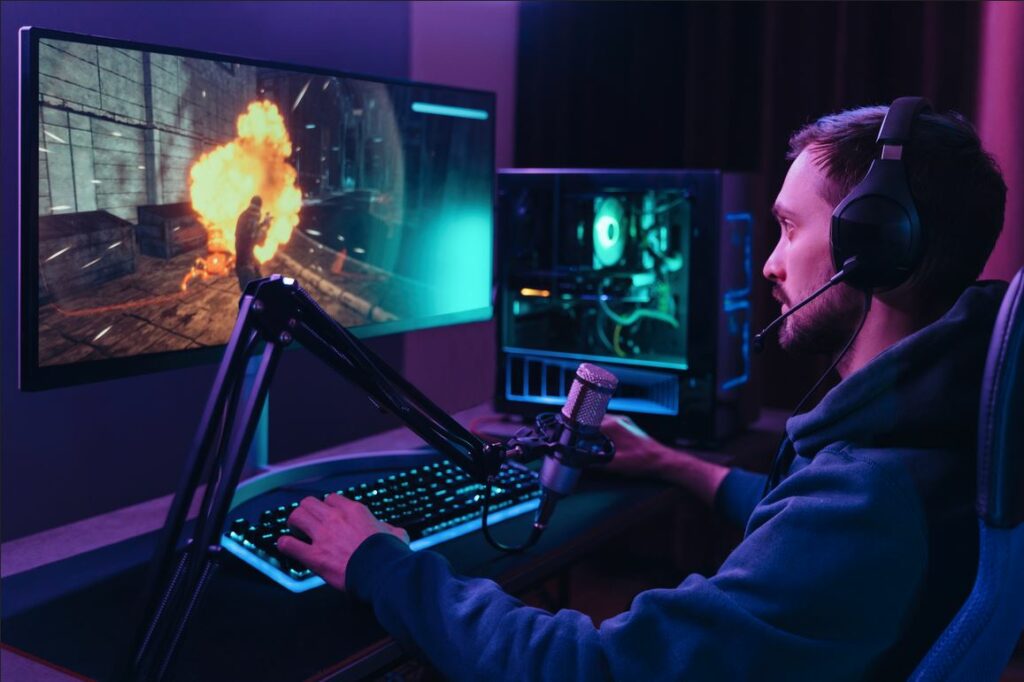
Programs are now designed to split tasks into smaller, parallelizable chunks, allowing them to run more efficiently on multi-core systems. The more “lanes” there are on a highway, the less likely it is for the highway to be clogged up with traffic, and the same holds true for the cores inside a modern CPU.
Increased Prices
On the flip side, transitioning to a singular large core could potentially lead to increased prices for consumers. This is primarily due to the lower yields and increased silicon waste associated with manufacturing larger cores. With fewer usable chips per silicon wafer, production costs rise, ultimately impacting the final price of CPUs with single large cores.

Larger cores are also more susceptible to defects, further reducing yields and increasing silicon waste during the manufacturing process. As a result, consumers may find themselves paying a premium for the increased processing power of single-core CPUs, potentially limiting accessibility and affordability in the market.
Interaction with Memory
In addition to manufacturing challenges, transitioning to CPUs with a large single core would also present significant challenges in terms of motherboard design and memory interaction. Unlike multi-core CPUs, which distribute memory access across multiple cores, a CPU with a single large core would require exponentially larger traces on the motherboard to interact with memory.
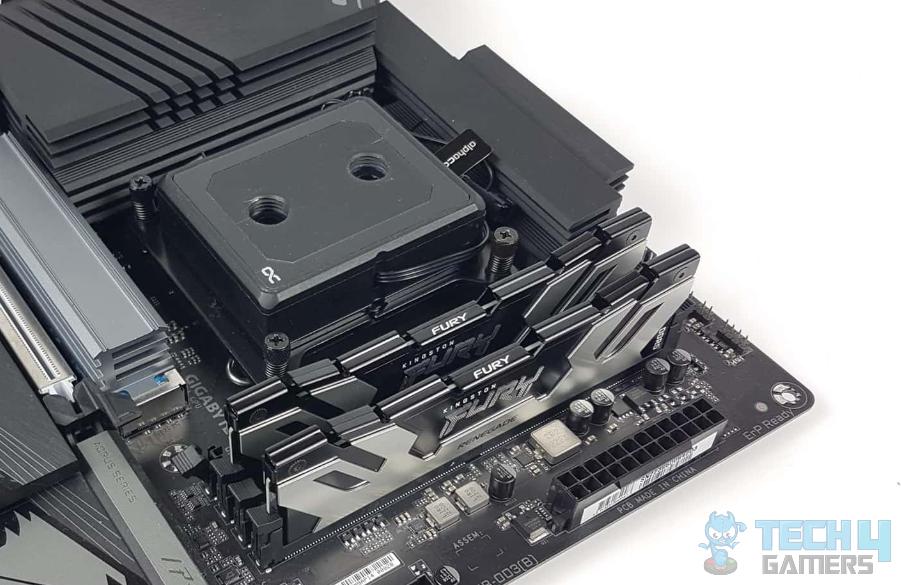
This redesign of board layouts introduces complexity and raises manufacturing costs for motherboard manufacturers, potentially inflating the overall cost of computing systems. Furthermore, the larger traces required for memory interaction could also impact signal integrity and increase latency, leading to potential performance bottlenecks.
Optimization
Moreover, our current software ecosystem is finely tuned for multi-core CPUs. Shifting to a single-core architecture would require extensive software re-optimization, potentially leading to compatibility issues and performance degradation in the interim.
Software developers would need to redesign algorithms and restructure code to properly take advantage of the single large core, making sure that it does not bottleneck the process. In the meantime, users may experience reduced performance and compatibility issues with existing software, hindering the overall user experience.
Windows will also need to massively rework its Scheduler to work with a single-core layout. Currently, modern processors and Windows Scheduler have achieved quite a delicate balance that allows for excellent multitasking without any program interfering with the other directly. It would be pretty difficult to achieve that balance in a single-core CPU.
Power Consumption
Compensating for the absence of multiple cores, a CPU with a large single core would likely require higher boost frequencies to achieve the desired performance target, resulting in increased power consumption. This would impact energy efficiency and battery life, especially in portable devices where power optimization is crucial.
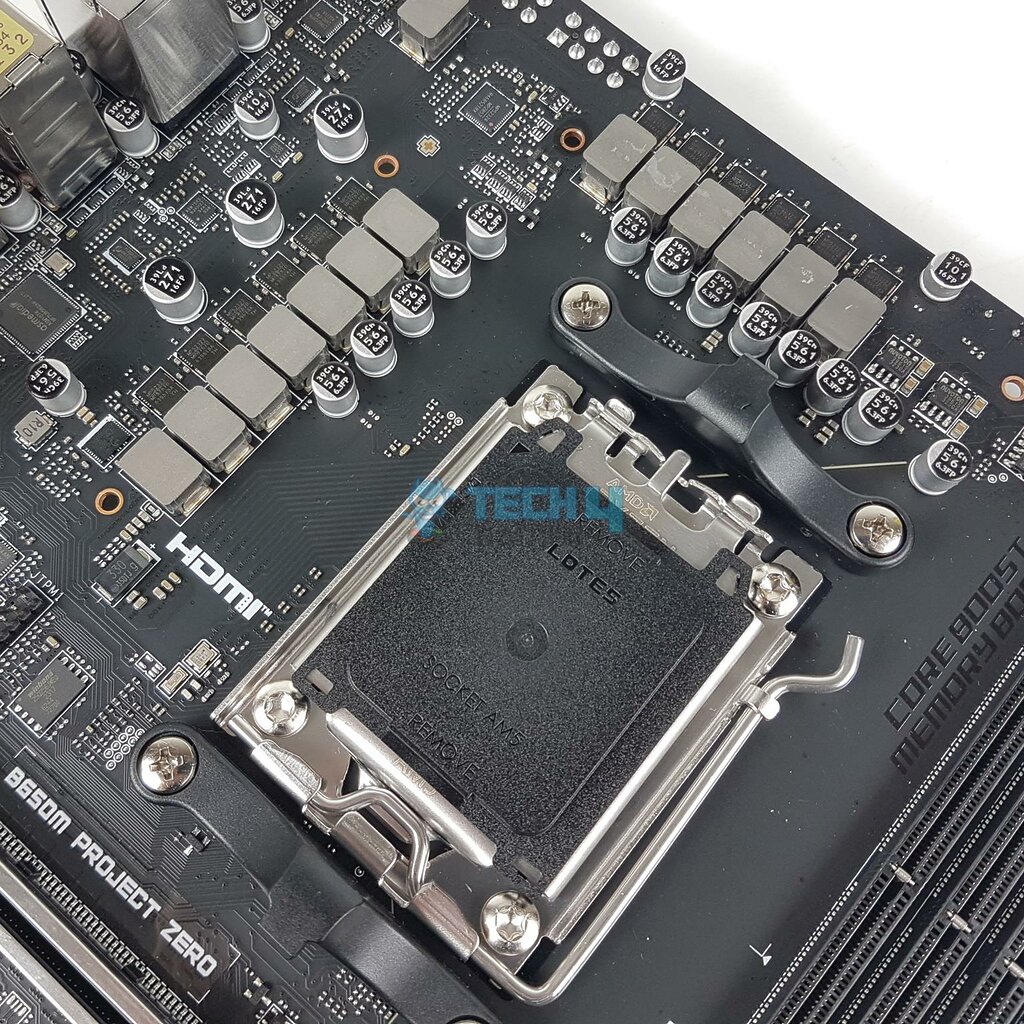
This is why we often see CPUs that have numerous cores (for example Xeon and EPYC CPUs) will often have a lower boost clock than their desktop counterparts that are shipped with fewer cores. It is just a matter of finding the balance of the boost clock with the power consumption.
Thermals
Higher boost frequencies would require more power to maintain, leading to increased heat generation and potentially impacting thermal management systems in laptops and other devices. As a result, users may experience reduced battery life and increased heat output, potentially impacting the overall user experience.
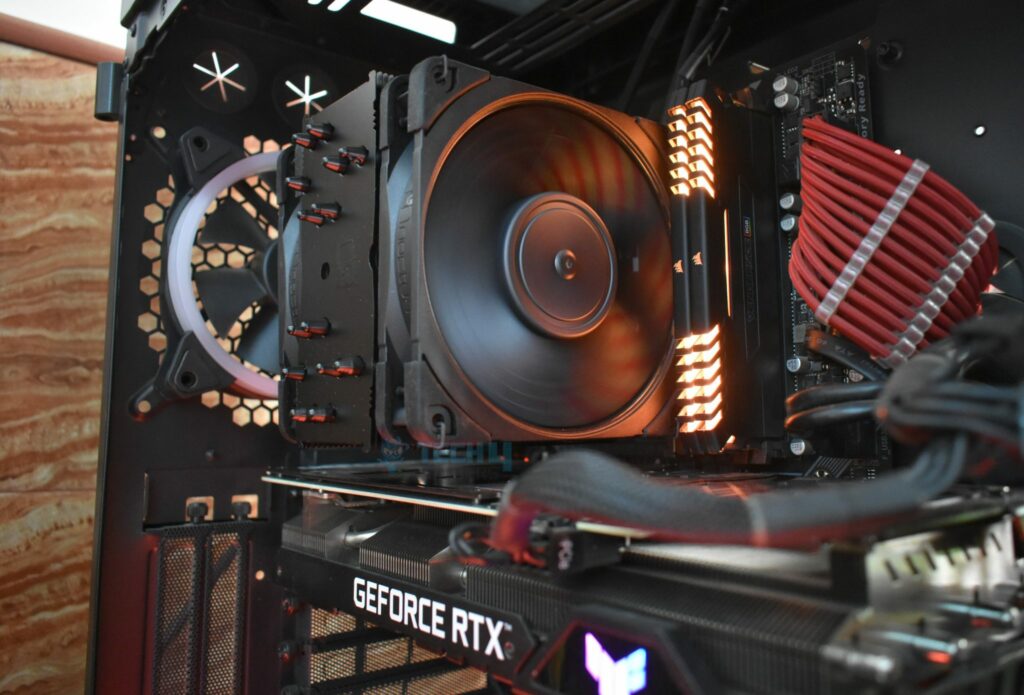
Manufacturers would need to invest in more efficient cooling systems and power management technologies to mitigate these issues, further adding to the complexity and cost of computer hardware.
If It Ain’t Broke, Don’t Fix It
At the end of the day, the current design of multi-core CPUs effectively meets modern computing demands. Until a compelling reason arises to change, maintaining the status quo ensures continued performance, efficiency, and affordability in computing systems.
While CPUs with a singular large core offer the potential for increased processing power in some scenarios, the challenges and trade-offs associated with this transition outweigh the potential benefits.
Thank you! Please share your positive feedback. 🔋
How could we improve this post? Please Help us. 😔
[Reviews Specialist]
Usman Saleem brings 8+ years of comprehensive PC hardware expertise to the table. His journey in the tech world has involved in-depth tech analysis and insightful PC hardware reviews, perfecting over 6+ years of dedicated work. Usman’s commitment to staying authentic and relevant in the field is underscored by many professional certifications, including a recent one in Google IT Support Specialization.
8+ years of specialized PC hardware coverage
6+ years of in-depth PC hardware analysis and reviews
Lead PC hardware expert across multiple tech journalism platforms
Certified in Google IT Support Specialization
Get In Touch: usman@tech4gamers.com


 Threads
Threads